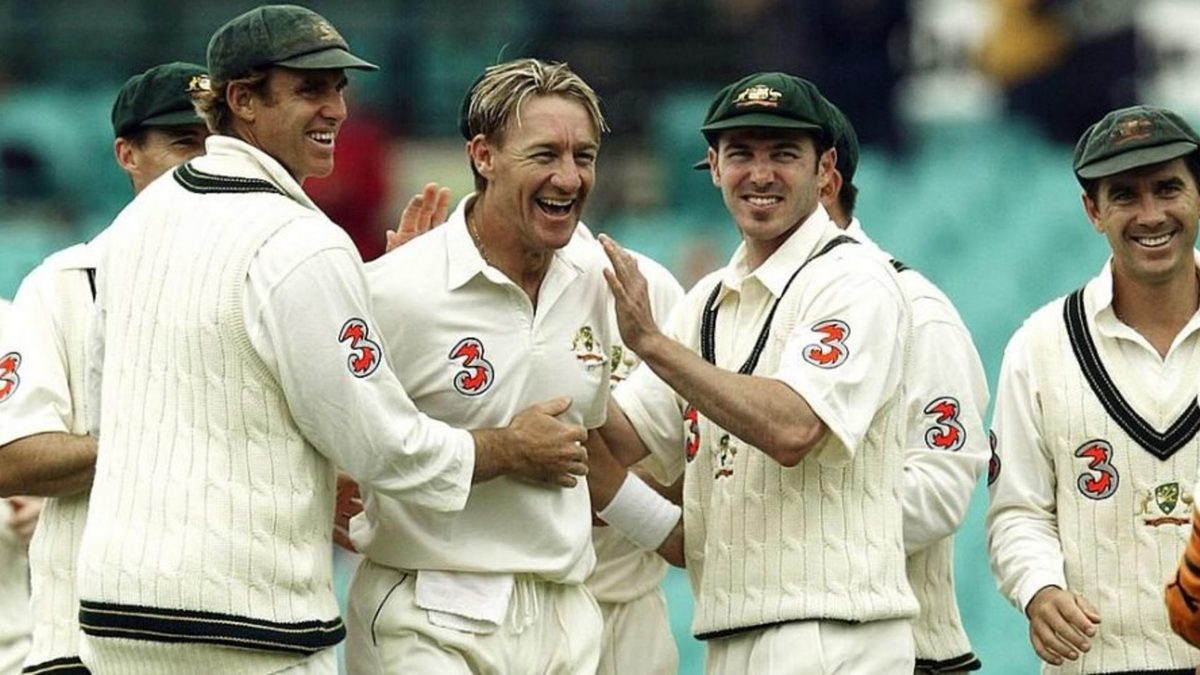
Australia’s Test team of the 2000s was one of the greatest line-ups ever assembled in the sport, but the ample presence of superstars also meant that a few extremely good players rarely made it to the Test XI, even if they were regulars in white-ball cricket.
Subscribe to the Wisden Cricket YouTube channel for post-match awards, player interviews, analysis and much more.
Dubbed the ‘dream team’ for its prolific run in Tests, the Australian side featured the cream of modern-day cricket’s batting and bowling. Competition was stiff for nearly every position, which meant that the following list of cricketers, who had decent white-ball stints, struggled to seal a spot in the Test XI.
Andy Bichel
19 Tests, 58 wickets @ 32.24, 1 five-for, BBI: 5-60
Bichel’s sprightly pace was a vital weapon to the one-day unit of the early 2000s, most memorably at the 2003 World Cup where he took 12 wickets at 12.31. Test glory wasn’t so easy to come by, with Australia’s battery of world-class quicks keeping Bichel out. He played 19 Tests and took a five-for soon after his re-entry into the side in 2000.
Andrew Symonds
26 Tests, 1,462 runs @ 40.61, 2 100s, HS: 162*; 24 wickets @ 37.33, BBI: 3-50
One of the most explosive parts of Australia’s one-day team of the 2000s, Symonds’ Test contributions weren’t as telling. Part of the reason was their star-spangled batting, which put further pressure on Symonds every time he got a chance and failed. He initially found space in the middle order when Steve Waugh retired, and later returned to fill Damien Martyn’s spot. Test centuries against England and India signified that he had the mettle to succeed in the longest format. His off-field issues notwithstanding, an all-rounder of Symonds’ calibre could have enjoyed an extended run in another era.
Brad Hogg
7 Tests, 17 wickets @ 54.88, BBI: 2-40
Hogg played seven Tests in 12 years, never being able to enjoy the same success of ODIs and T20Is. He entered Test cricket when Shane Warne was making waves, and as the leg-spinner’s career grew in stature, Hogg’s chances diminished. For the second spinner’s slot, Stuart MacGill was forever in the mix, making the competition even steeper for Hogg. Much like other Australian wrist-spinners of that time then, Hogg ended up being an afterthought in the Test team.
Nathan Bracken
5 Tests, 12 wickets @ 42.08, BBI: 4-48
At one point, Bracken was the top-ranked ODI bowler in the world and proved to be especially prolific in the period from 2006 to 2008. Left-arm pace was an attribute conspicuous by its absence in the Australian Test team, and the young Bracken seemed to be the perfect fit after his performances for New South Wales.
Brad Hodge
6 Tests, 503 runs @ 55.88, 1 100, HS: 203*
One of the most unfortunate names on this list, Hodge’s stellar domestic career (17,084 runs at 48.81) materialised into only six Test appearances and a remarkable batting average of 55. Hodge did everything: he hit a double-century and two fifties, including one after a two-year comeback. But Hodge was always the backup to Australia’s more accomplished batters – first, a young Michael Clarke pipped him to a middle-order spot, and later, Damien Martyn held onto his, leaving Hodge on the sidelines.
Cameron White
4 Tests, 146 runs @ 29.20, HS: 46; 5 wickets @ 68.40, BBI: 2-71
Earmarked to play a big role in international cricket, White went on to become Australia’s T20I skipper, but hardly managed to land a spot in the Test XI. With 22 first-class hundreds and 195 wickets, White couldn’t have played more Tests if it weren’t for the competition in the middle order, as well as that for the spinner’s spot. He earned his maiden call-up in 2004 to replace Stuart MacGill, but didn’t play a Test until 2008, a year that saw him play all of his four Tests.








